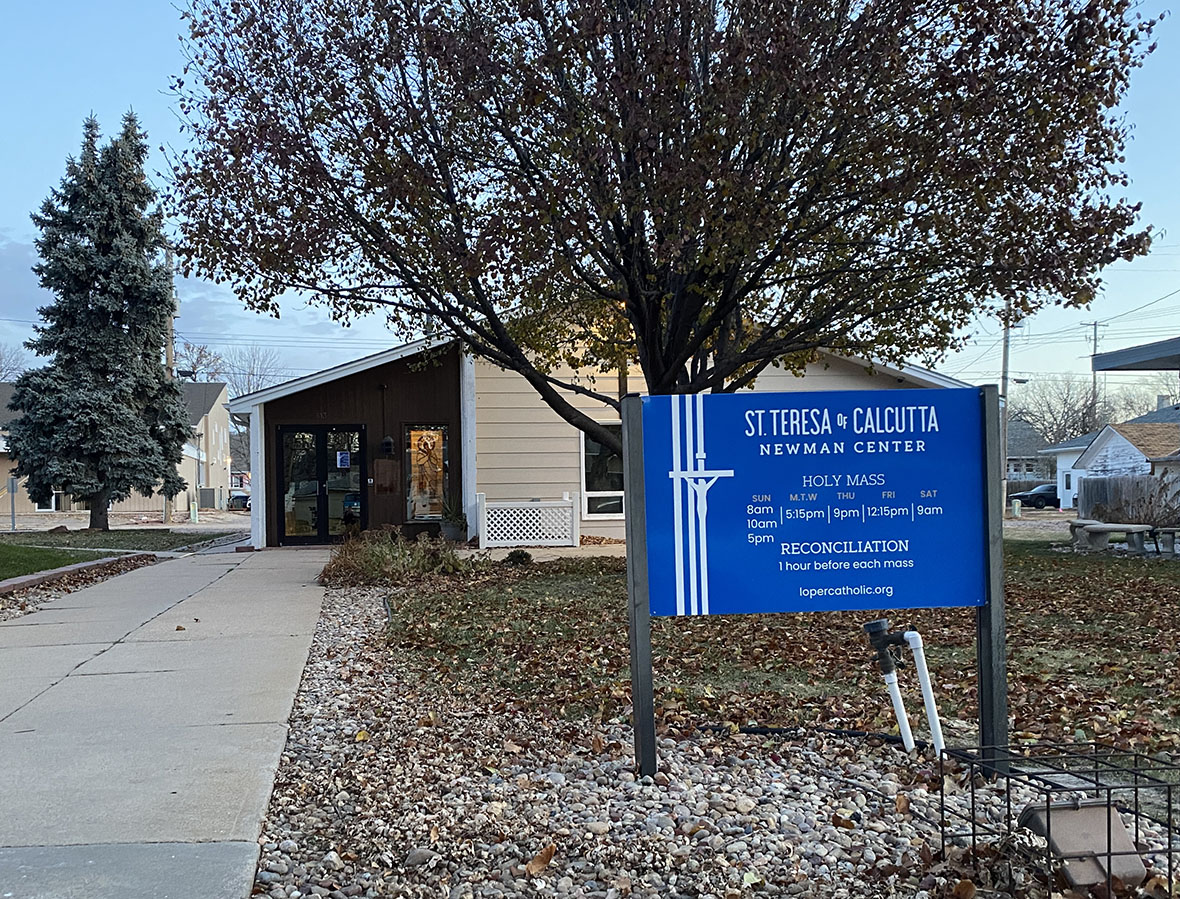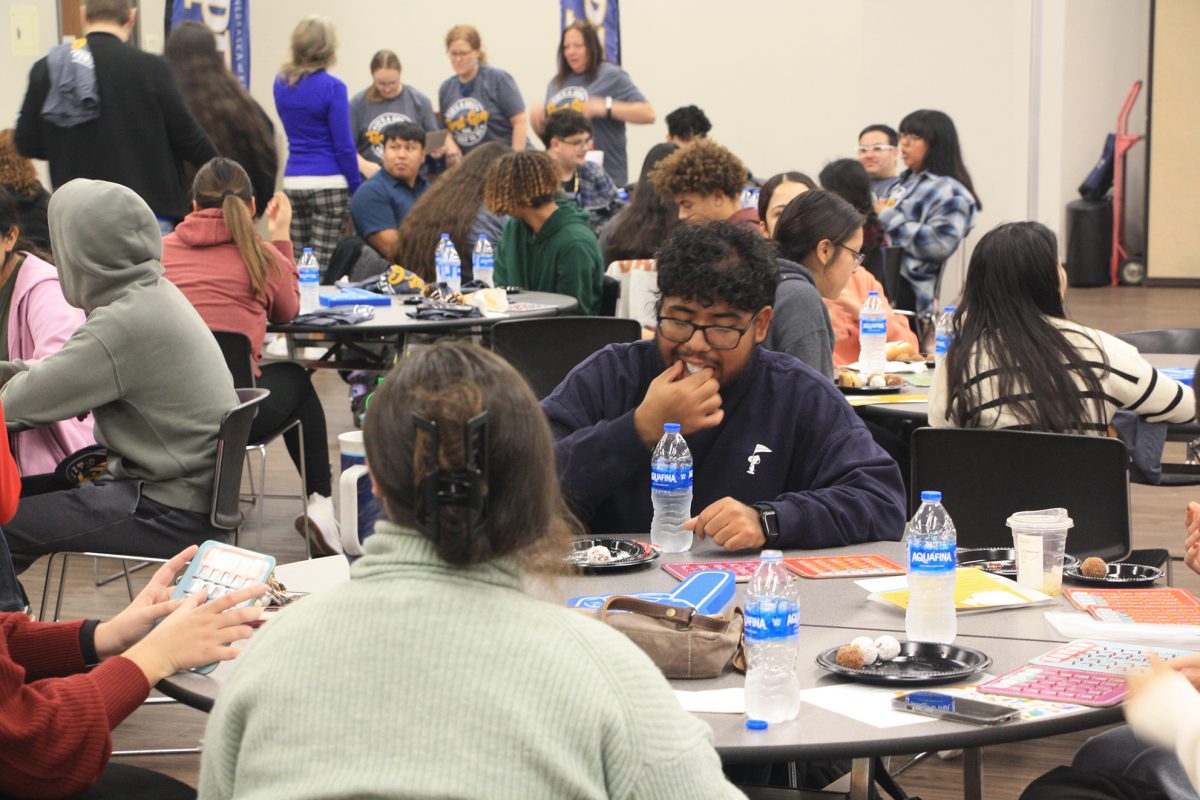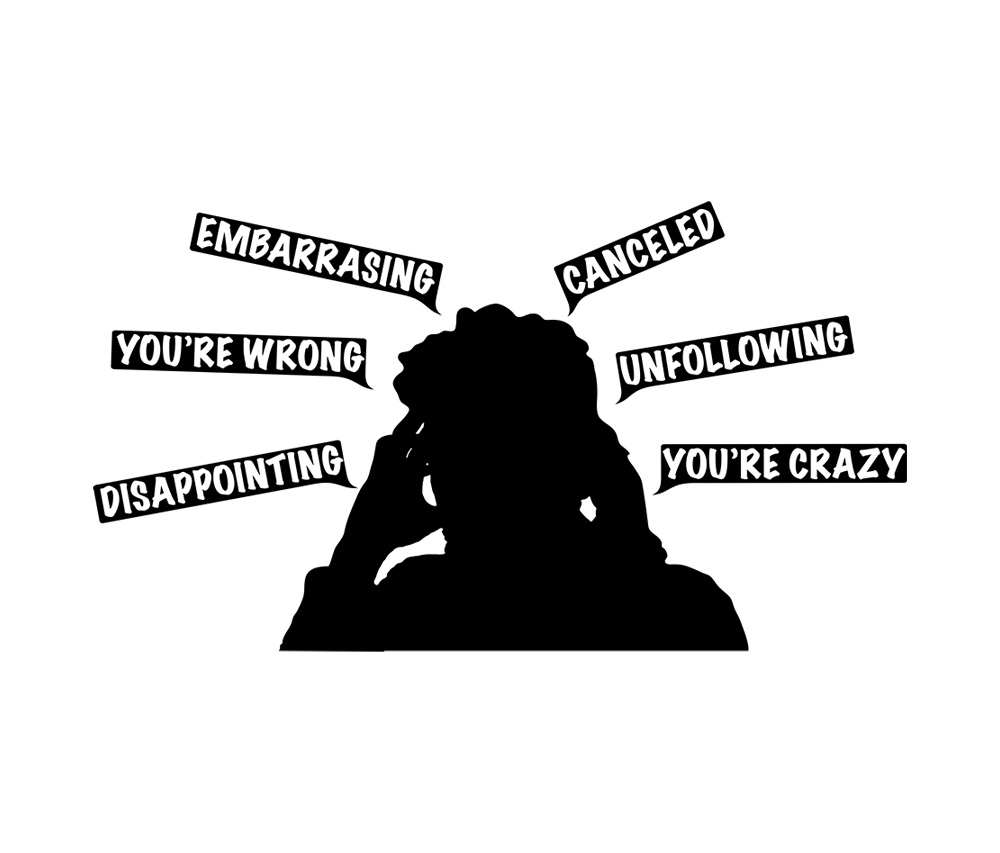Christian Schwarz
Antelope staff
Over the past year, we’ve seen many protests among the sports world, mainly by NFL players, which involve taking a knee during the national anthem. This has sparked debate, which was the intended purpose of the protests, but it has also brought up quite a bit of controversy.
Some people feel the players are disrespecting the country and those who fought for it, while others believe this is a textbook example of someone using their First Amendment rights. No matter the case, there isn’t a universal understanding on the protests or why they are being done.
The issue started last year with former San Francisco quarterback Colin Kaepernick, who after the recent events of police shooting unarmed black citizens, decided to protest against what he believed was injustice in America.
Kaepernick thought about his actions beforehand. He said after speaking with some veterans on the issue, he was advised to kneel, as that might seem more respectful. Since then, countless players from all different sports have followed suit.
While there was much controversy over the past year about the protests, the tension all came to a peak these past few weeks by comments by our president, Donald Trump. He called the protesters who kneeled during the anthem “sons of bitches” and called for NFL owners to fire any athlete who did so.
NFL players and some owners all came together in the games after President Trump’s comments: some kneeling, some locking arms, some not even coming out to the field until after the anthem.
The teams showed unity in their protests, something we haven’t really seen before.
Some people applauded the protests, some decided that they wouldn’t watch the NFL anymore.
You could argue that maybe during the anthem is the wrong time to do it. If that’s so, when is the right time? They could go on Twitter and say their thoughts there, but not everyone uses Twitter. Even then, that doesn’t seem to be the right time either, as we’ve seen ESPN journalist Jemele Hill.
Hill faced a firestorm after her tweet to the point the president’s press secretary called for her firing.
ESPN stood behind her after an official apology. “Jemele has a right to her personal opinions, but not to publicly share them on a platform that implies that she was in any way speaking on behalf of ESPN. She has acknowledged that her tweets crossed that line and has apologized for doing so. We accept her apology.”
When the Pittsburgh Steelers protested by standing in the tunnel during the anthem, head coach Mike Tomlin was described by a Pennsylvania fire chief as a “no good N-word” for the action. When the Dallas Cowboys knelt before the anthem played, the players were criticized.
According to people like Trump, there is another time to protest. You just can’t do it while we’re watching. Which is fine, but it misses the point. We are talking about it now thanks to the protests.
While most of it isn’t necessarily “constructive” talk and more of the opposite, we are still talking about it.
One could say it’s disrespectful to the flag and those who fought for it to kneel during the anthem, but there is nothing in the US flag code that says you have to stand for the anthem.
In fact, in the US flag code, you are not supposed to hold the flag horizontally, only aloft and free, and you can’t use the flag as a costume or athletic uniform. Those things happen in sports all the time, but no one has said a word. I’d also have to wonder how many people stand for the anthem when they are watching the game at home; something I doubt many actually do.
This is the only time these athletes can get the point across. You can agree or disagree and that’s fine. But regardless of how you feel, the protests are protected under the First Amendment, and while some believe the players are protesting the anthem itself, that isn’t the case. The players are protesting police brutality and racism in our country, and there should be no debate about that.





































